Stranger Things seaon four has revived A Nightmare on Elm Street, and that makes it time to rank the movies.
One of the most popular horror movies of all time, the Wes Craven written and directed A Nightmare on Elm Street began as a low-budget independent film released in 1984 that blossomed into a nine-movie franchise. To this day, the A Nightmare on Elm Street franchise continues to haunt imaginations with a villain in Freddy Krueger who became a pop culture sensation. Just this year, Stranger Things 4 leans heavily into its Freddy-inspired roots, and there’s rumors of an A Nightmare on Elm Street streaming series in the works at HBO Max.
There’s no shortage of Nightmare on Elm Street rankings, and that goes for practically every popular movie series. Instead of ordering the films by either audience or critical rating, we will take the average of the two according to Rotten Tomatoes.
Keep in mind that the audience scores are not going to be completely accurate. The majority of the A Nightmare on Elm Streets movies were released in the 1980s and early 90s, and there was no widely used viewer rating system at the time. The audience scores are based on more modern perspectives on the films, and possibly only a small percentage of people giving their opinions on Rotten Tomatoes actually saw any of these movies in theaters. The best advice is to take the scores with a grain of salt.
9. Freddy’s Dead: The Final Nightmare (1991)
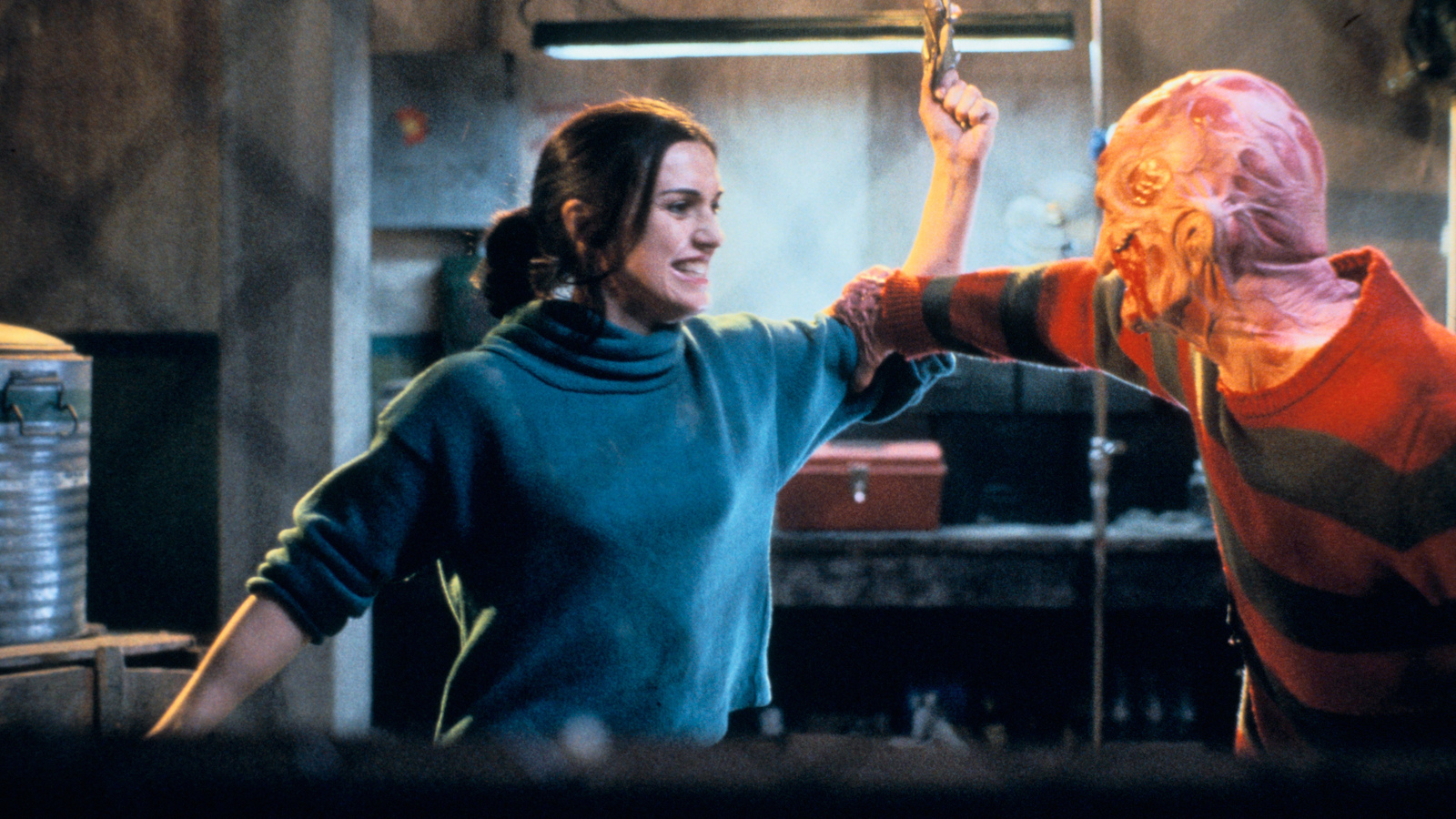
Critical score: 24%
Audience score: 32%
Average: 28%
Freddy’s Dead was an absolute dud of a movie. As the subtitle suggests, Freddy’s Dead was meant to be the end of the line for the fledgling A Nightmare on Elm Streets franchise, which at this point had become a shell of the original, with Freddy Krueger an over-the-top caricature of himself. What never ages well are the horribly cliché 3D effects. While it may have been fun to see Freddy’s gloved hand reach out from an actual movie screen in 1991, the effect is lost on the average television without 3D viewing capabilities. Pair that with a truly awful story, and there’s little to love about Freddy’s Dead.
8. A Nightmare on Elm Street (2010)
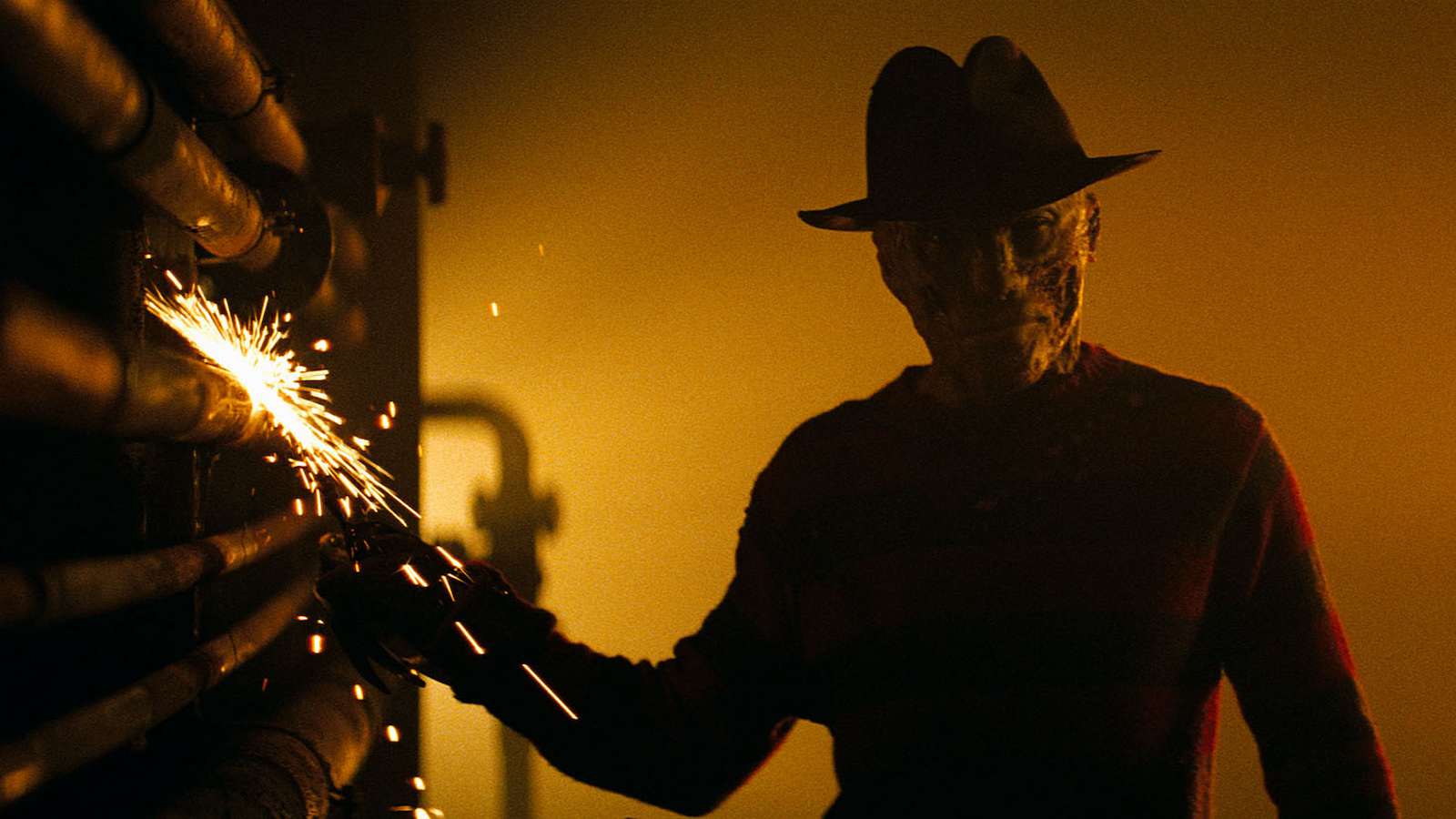
Critical score: 15%
Audience score: 43%
Average: 29%
In the early 2000s, reboots were en vogue. The Texas Chainsaw Massacre was dusted off in 2003, Rob Zombie directed the first of his pair of Halloween remakes in 2007, and Jason got a new hockey mask in 2009’s Friday the 13th. It was only fitting that Freddy dug out his finger knives for the 2010 Nightmare reboot.
Considering the trend of poorly received horror remakes, the bar was set quite low for this one. To be fair to actor Jackie Earle Haley, he had a steep uphill battle on his hands. Robert Englund’s Freddy Krueger is beloved by horror fans worldwide, and filling his shoes is near impossible.
The updated Nightmare 15% critical rating was lower than each of its reboot predecessors. Fans were more forgiving, which they tend to be, especially in regards to bad movies. Audiences generously scored it 43%, though that still falls in the rotten rating.
7. A Nightmare on Elm Street 5: The Dream Child (1989)
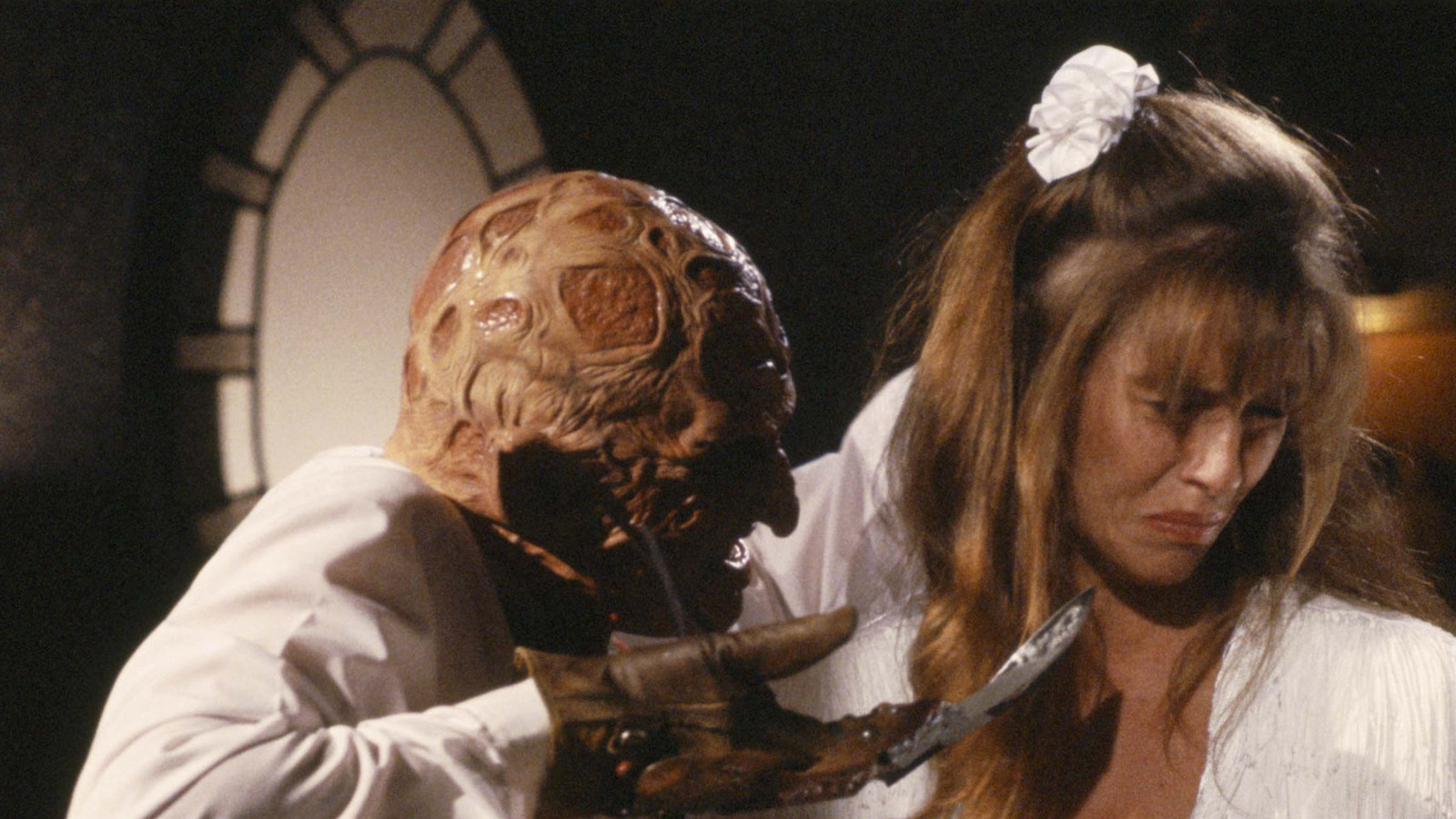
Critical score: 29%
Audience score: 31%
Average: 30%
The Elm Street creative team got their mileage out of the Dream titles. First there was the Dream Warriors followed by the Dream Master, only to be topped by the Dream Child. It’s a shame the sixth movie in the A Nightmare on Elm Street franchise wasn’t named “Dream’s End” or something equally cringey. One would think that an average audience/critic score of 30% would be the bottom rung of any movie list, but not A Nightmare on Elm Street franchise With Freddy’s Dead two years away, the producers had a little further to dig before burying Mr. Krueger’s original franchise.
6. A Nightmare on Elm Street 2: Freddy’s Revenge (1985)
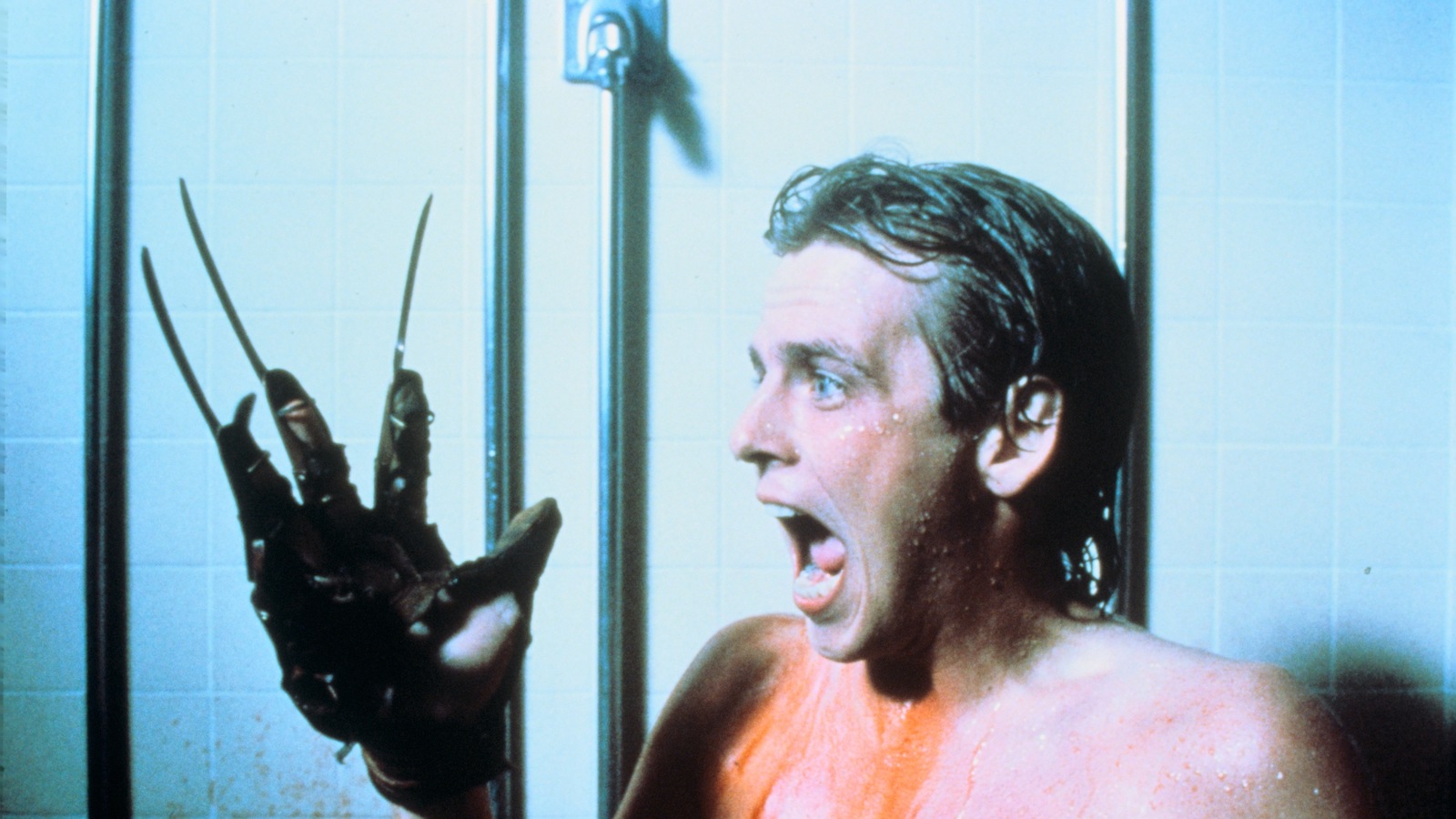
Critical score: 41%
Audience score: 33%
Average: 37%
Fans of comically bad horror movies need to watch the pure insanity that is A Nightmare on Elm Street 2: Freddy’s Revenge. From the awful special effects and cringe-worthy performances to the hysterically exaggerated murders, the Jack Sholder directed Freddy’s Revenge is escapist cinema and unintentional comedy at its finest.
Taking over directing duties from Wes Craven who refused to work on the sequel, Sholder attempted to keep the sequel from being a by-the-numbers repeat of the original. Instead of regurgitating its predecessor, Sholder along with screenwriter David Chaskin had Freddy try his hand at demonic possession. Low-budget as it was, Freddy’s Revenge has some cool visuals of Freddy tearing through Jesse’s skin from the inside out. The story itself was nonsensical, and Freddy is defeated by the power of love, which causes his face to melt. If you haven’t seen the exploding parakeet scene, enjoy this video.
5. Freddy Vs. Jason (2003)
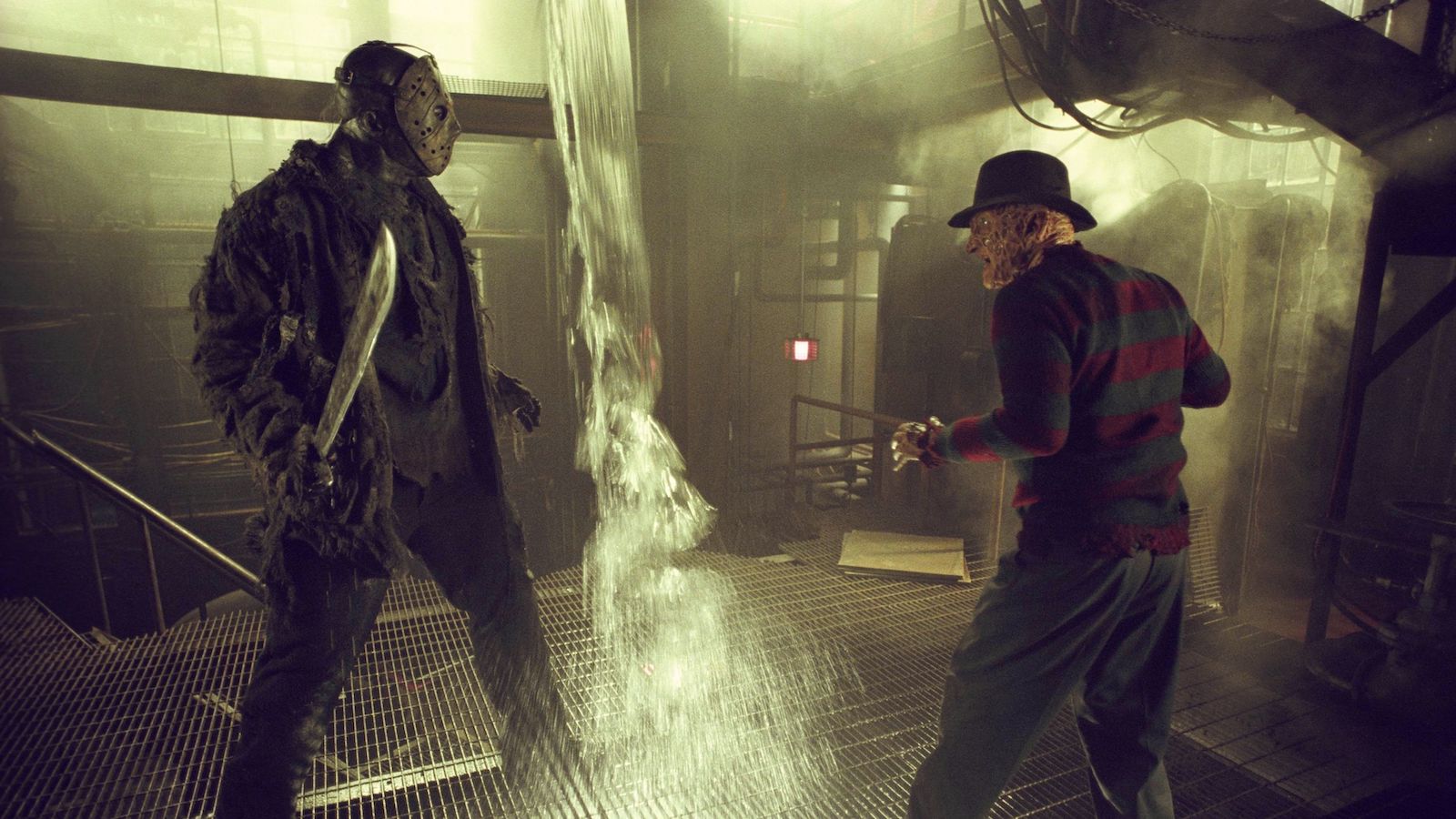
Critical score: 41%
Audience score: 50%
Average: 45.5%
Whenever a film brings two fan favorite characters from opposing franchises together, audiences will pay to see them duke it out. The dream (or is that nightamre?) match between Freddy Krueger and Jason Voorhees had been teased for 10 years since Freddy made a surprise cameo at the conclusion of 1993’s Jason Goes to Hell.
After a dozen movies or so of steadily decreasing quality between the two horror icons, fan expectations were understandably low. All anyone wanted was a movie that would pay tribute to the characters’ origins and give plenty of fan service on its way to a suitable throwdown between the horror heavyweights. That’s exactly what Freddy Vs. Jason delivered. The story had more holes than Bonnie and Clyde’s Ford Fordor, but it got the titular characters right.
4. A Nightmare on Elm Street 4: The Dream Master (1988)
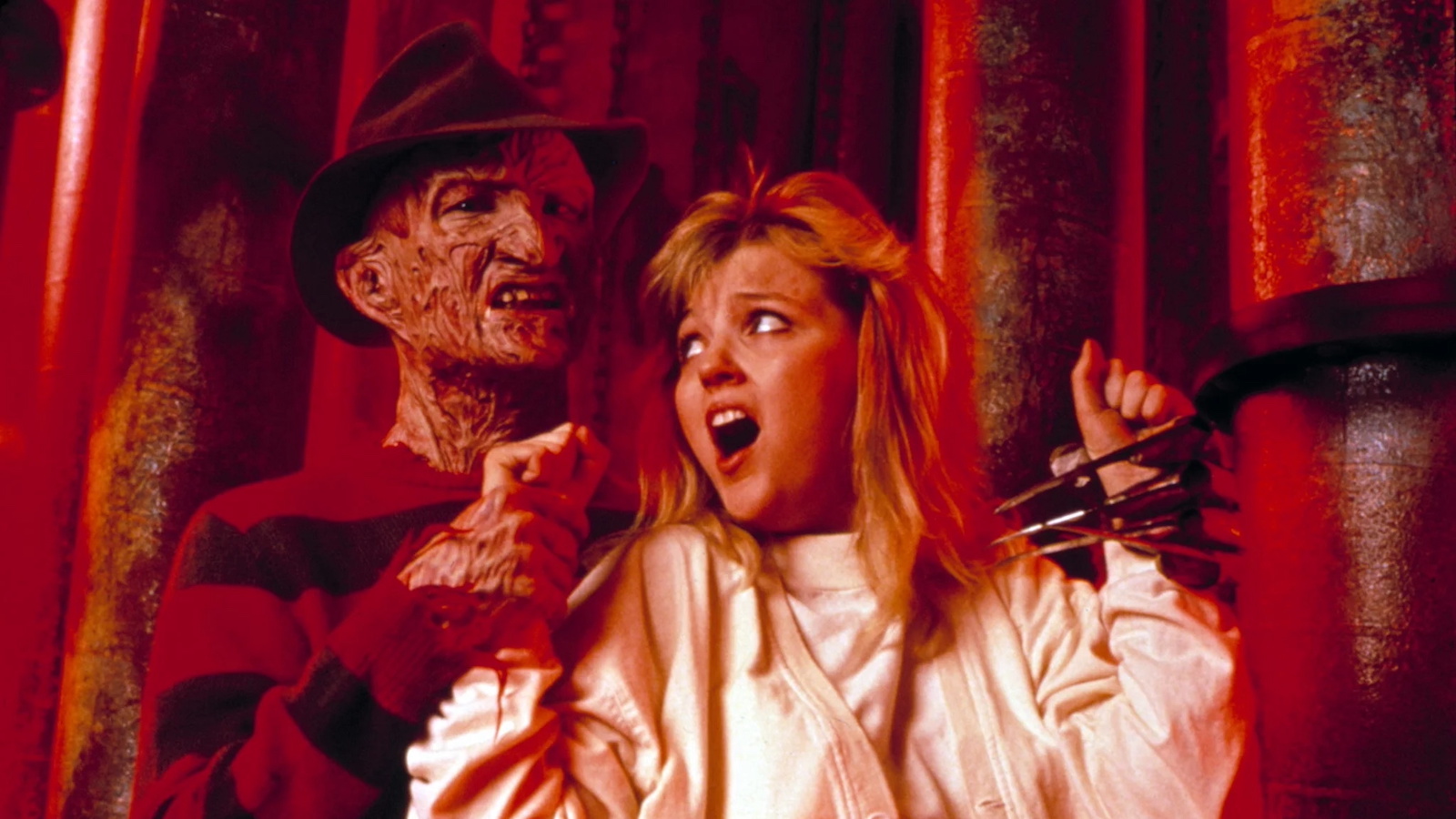
Critical score: 52%
Audience score: 43%
Average: 47.5%
By no means did the audiences or critics think A Nightmare on Elm Street 4: The Dream Master film was a masterpiece, but the film was better than expected at this point in the franchise. That doesn’t mean The Dream Masterwas good or even liked; it just wasn’t as abysmal as it could have been. Much of this can be attributed to the pure entertainment of Freddy Krueger. Four years after the original made waves in the slasher category, New Line was dragging the dead horse a few more feet, and this should have been the merciful end to the Nightmare franchise, but it never is.
3. A Nightmare on Elm Street 3: Dream Warriors (1987)

Critical score: 71%
Audience score: 68%
Average: 69.5%
After Freddy’s Revenge fell flat, the bar was low for A Nightmare on Elm Street 3: Dream Warriors. When it comes to slasher movies, fans are mostly looking for the villains to kill in increasingly gory yet inventive and fresh ways. That is where Nightmare’s dream premise works in its favor.
Marking the return of original A Nightmare on Elm Street director Wes Craven, the Dream Warriors was a highlight in the Nightmare franchise, especially in the creative and entertanung ways Freddy murders his sleeping victims. Don’t forget the third Nightmare film also featured would-be Hollywood A-listers Laurence “Larry” Fishburne and Patricia Arquette.
Along with the string of Freddy one-liners and his darkly comedic kills, A Nightmare on Elm Street 3: Dream Warriors made for a fun horror movie experience.
2. Wes Craven’s New Nightmare (1994)
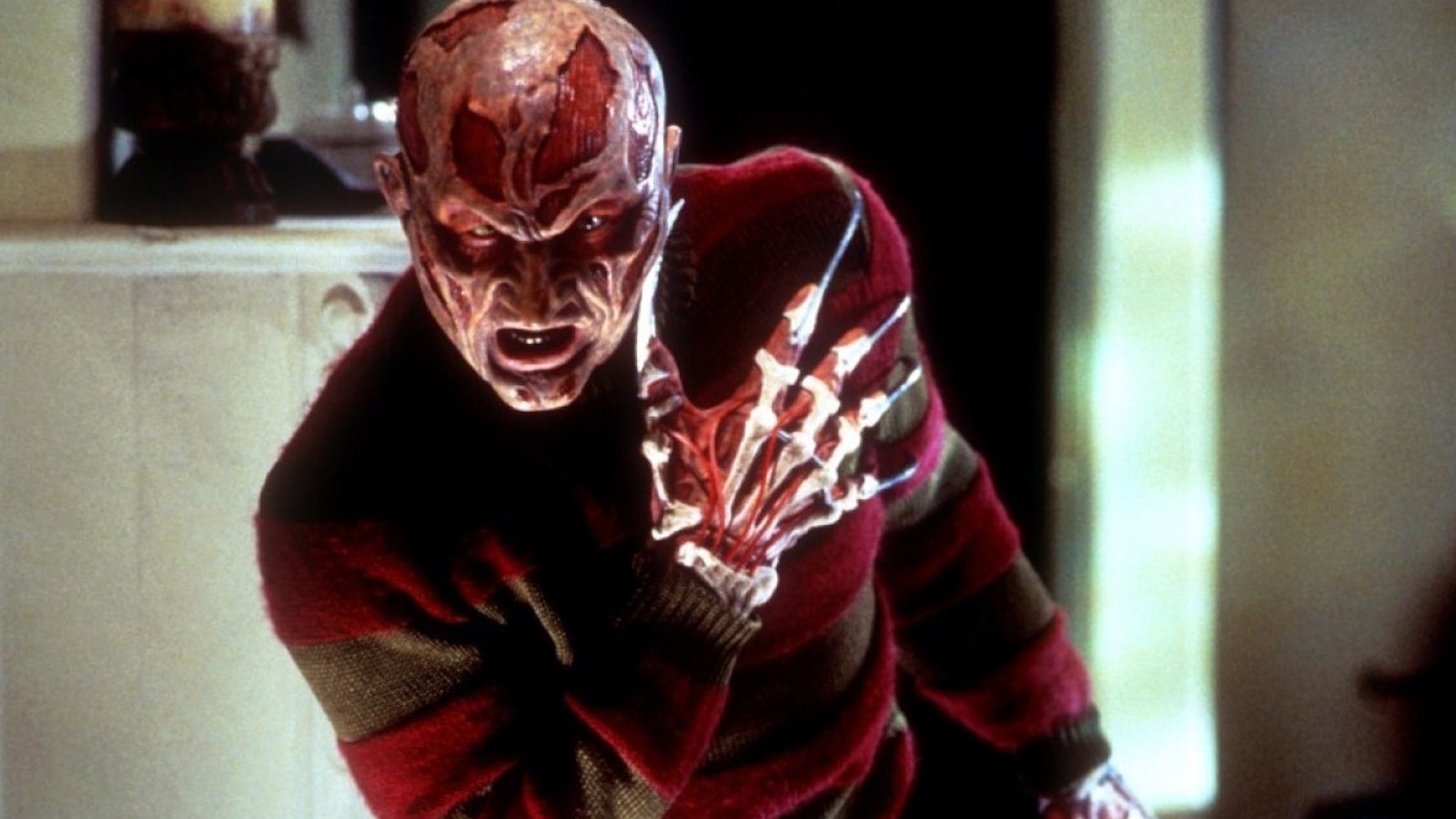
Critical score: 78%
Audience score: 66%
Average: 72%
In a sense, Wes Craven’s New Nightmare was both a reboot and a continuation all rolled into one. What was clever about Craven’s story is that it broke the fourth wall in a serious way. These days, fourth-wall breaks are common, and they are almost always played for laughs as a wink and nod to the audience.
Many times, films become too self aware, which completely takes the audience out of the narrative being told. Here, the concept of Freddy, a monster who already exists within the psyche in the context of the previous films, invading the “real world” by way of the actual cast and crew’s minds is an inventive means to forge new ground in the Nightmare franchise.
1. A Nightmare on Elm Street (1984)
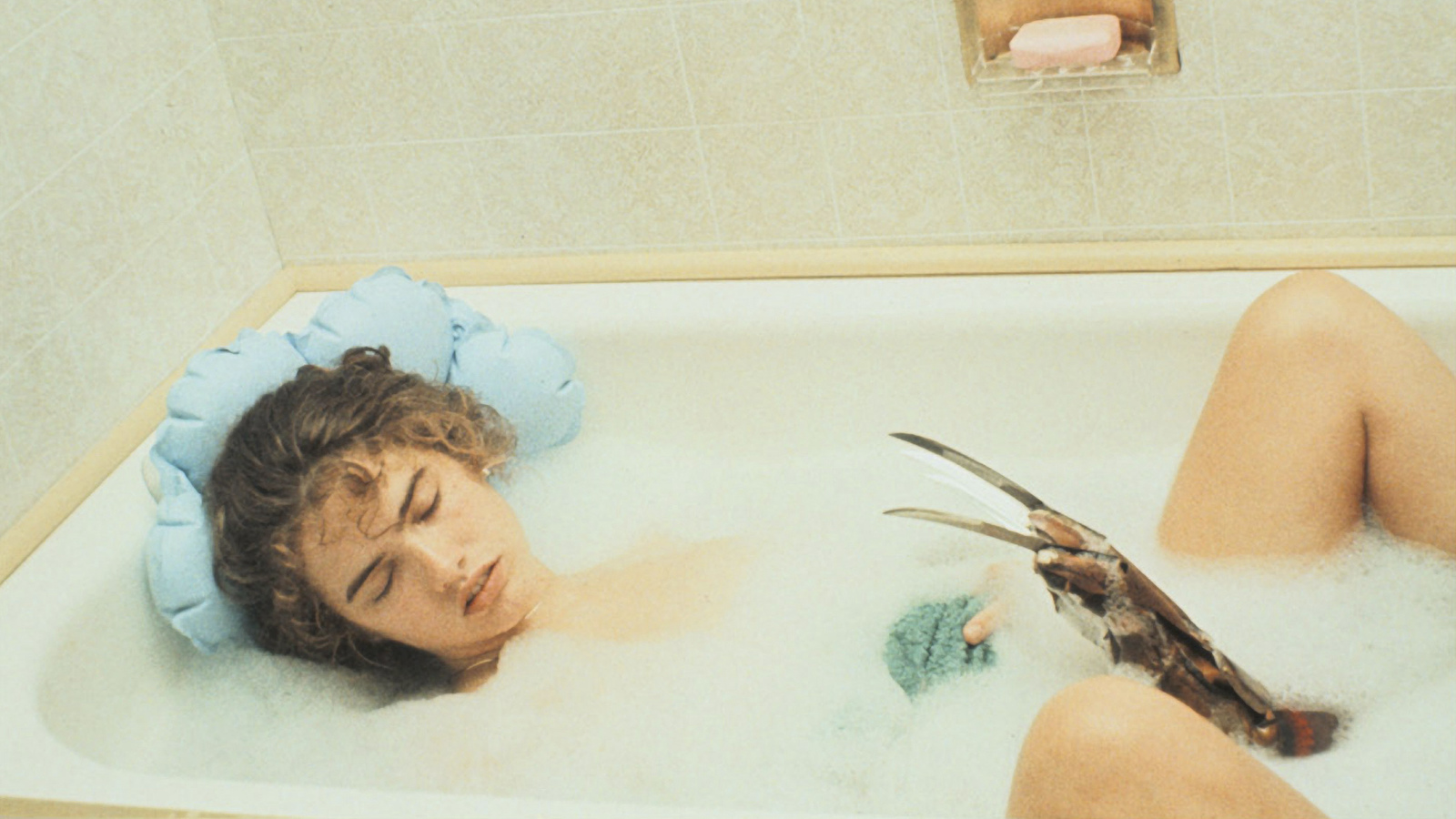
Critical score: 95%
Audience score: 84%
Average: 89.5%
There’s no topping the original, and that is almost always true for horror movie franchises, especially A Nightmare on Elm Street.
Wes Craven’s take on the slasher movie has everything a horror fan could want. Gallons of fake blood and gore, a unique soundtrack that stood apart from other horror movies of the time, and one of the most beloved monsters of all time in Freddy Krueger. No one will ever do the part better than Robert Englund, who injected the character with much-needed personality that separated him from slasher contemporaries Michael Myers, Leatherface, and Jason Voorhees.
In today’s day and age of increasingly phony looking sound stages and so much CGI that the line between live action and cartoon are blurred, there’s a certain amount of nostalgia for the practical special effects of A Nightmare on Elm Street. Considering they were operating on a $300,000 budget, which was miniscule compared to the blockbuster films of the time, the film looked good, particularly Johnny Depp’s blood geyser scene.

